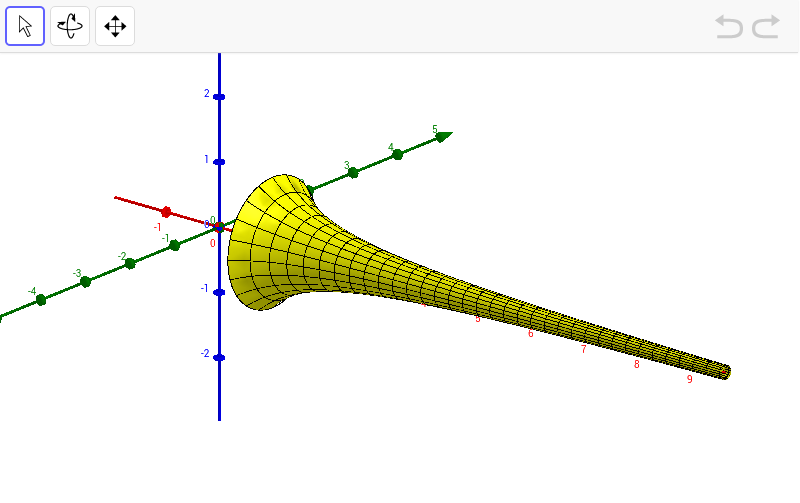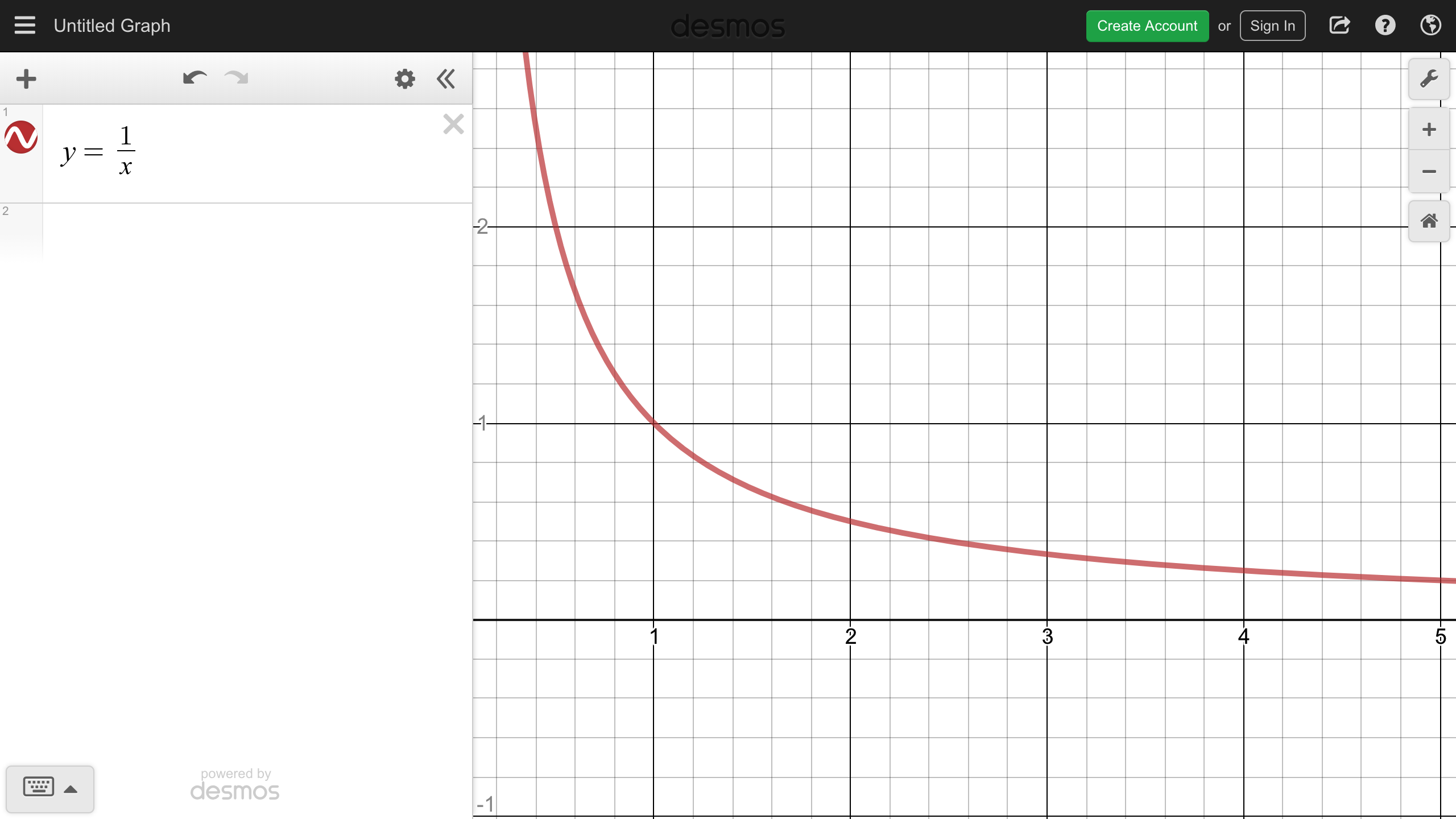How can something have a finite volume and infinite surface area?
In the physical world, it can’t. Simply because infinite anything isn’t possible as far as we know. But logically, it’s completely possible. In fact, that’s what Gabriel’s Horn is.
Gabriel’s horn is a hypothetical object that supposedly has infinite surface area and finite volume. With calculus, it’s easy to create this object.

If you think about it, the horn is simply the graph of the function rotated over the x-axis.

Using the formula for the volume of the rotation of a graph, we can set up an improper integral and show that the horn has a volume of π. Because the graph goes on forever, it has an infinite surface area.

Now logically, this also makes sense.
The harmonic series, diverges, or goes on forever, but the series
converges, or plateaus at a value.

This is because the values added on to are way too small to ever make an impact.
Alternatively, we can think of the volume as beads and the surface area as rings. With Gabriel’s horn, at every point, smaller and smaller beads are basically added on, volume-wise. However, at the same point, a ring is added on surface-area-wise. If we set up an inequality, it’s easy to see that at one point, the volume of a sphere will be less than the circumference of the sphere.

So, it becomes less hard to wrap out heads around the fact that adding on to the volume will have less bearing than adding to the surface area.
Leave a comment